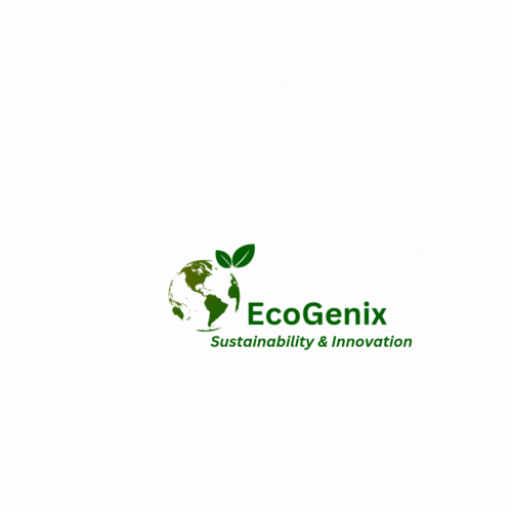Introduction:
Clean water and sanitation are fundamental human rights and critical components of sustainable development. Sustainable Development Goal 6 (SDG 6) aims to ensure the availability and sustainable management of water and sanitation for all. In this article, we will delve into the importance of SDG 6, the possible impacts if it is affected, and the far-reaching consequences it has on people’s health, animals, and terrestrial life. Additionally, we will explore historical events that exemplify the significance of clean water and sanitation.
Importance of SDG 6:
Clean water and sanitation are vital for human survival, health, and well-being. Access to clean water is essential for drinking, cooking, and hygiene, while proper sanitation facilities and practices help prevent the spread of diseases. By prioritizing SDG 6, we can improve people’s quality of life, reduce poverty, enhance food security, and promote economic development. Moreover, clean water and sanitation are crucial for achieving other Sustainable Development Goals, such as eradicating poverty, ending hunger, and ensuring good health and well-being.
Impacts of Neglecting SDG 6:
Health Consequences: Lack of clean water and sanitation leads to the spread of waterborne diseases like cholera, dysentery, and typhoid fever. These diseases cause severe illness and death, particularly among vulnerable populations such as children and the elderly.
Historical Example: The 1854 Broad Street cholera outbreak in London serves as a grim reminder of the devastating consequences of inadequate sanitation. Dr. John Snow’s investigation of the outbreak led to the discovery that contaminated water from a public pump was responsible for the spread of cholera. This event marked a turning point in public health and emphasized the need for clean water and sanitation systems.
Environmental Impact: Poor water and sanitation management can lead to water pollution and degradation of ecosystems. Contaminated water sources pose a threat to aquatic life, affecting both marine and freshwater habitats. This imbalance in ecosystems can have cascading effects on terrestrial life as well.
Historical Example: The pollution of the Cuyahoga River in the United States during the mid-20th century is a notable case. The river became so polluted with industrial waste and sewage that it caught fire multiple times, highlighting the devastating environmental impact of neglecting water quality. This event played a crucial role in sparking the modern environmental movement and the establishment of water pollution control regulations.
Socioeconomic Ramifications: Insufficient access to clean water and sanitation facilities disproportionately affects marginalized communities, perpetuating social inequalities and hindering economic progress. Women and girls, in particular, bear the burden of spending hours each day collecting water, limiting their educational and economic opportunities.
Historical Example: The 2010 cholera outbreak in Haiti following a devastating earthquake highlighted the interplay between poor sanitation and socioeconomic challenges. The country’s already fragile infrastructure and inadequate sanitation systems facilitated the rapid spread of the disease, exacerbating the nation’s struggle to recover.
Effects on People’s Health, Animals, and Terrestrial Life:
People’s Health: Lack of clean water and sanitation leads to increased vulnerability to diseases, particularly waterborne illnesses. Diarrheal diseases alone claim the lives of hundreds of thousands of people, mostly children, every year. Access to clean water and sanitation facilities helps prevent these diseases and promotes overall health and well-being.
Animals and Aquatic Life: Pollution from inadequate sanitation practices affects not only humans but also animals and aquatic life. Contaminated water bodies can lead to fish kills, harm marine mammals, and disrupt entire ecosystems. Preservation of clean water sources is crucial for maintaining biodiversity and supporting the intricate web of life on Earth.
Terrestrial Life: Water is essential for the survival of terrestrial ecosystems, including plants, insects, and wildlife. Pollution and scarcity of water can lead to habitat loss, reduced agricultural productivity, and negative impacts on flora and fauna. Protecting clean water sources ensures the sustainability of terrestrial ecosystems and the services they provide, such as climate regulation and soil conservation.
Conclusion:
SDG 6 plays a pivotal role in ensuring access to clean water and sanitation for all, with far-reaching consequences for human health, animals, and terrestrial life. Through historical events like the Broad Street cholera outbreak and the pollution of the Cuyahoga River, we are reminded of the immense impact that neglecting water and sanitation can have on societies. By prioritizing SDG 6 and implementing sustainable water and sanitation practices, we can foster healthier communities, safeguard ecosystems, and work towards a more sustainable and equitable future for all
ARTICLE BY: WAYNE TOTA
Food Security and Climate Change
waynetota9@gmail.com
0601133196239
Visit for more articles:
https://sites.google.com/view/foodsecure-sustain-agriclimate/home.

Leave a Reply